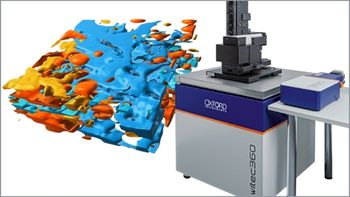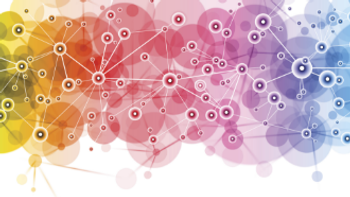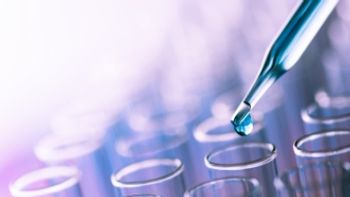
Unique Scientific Analysis to Authenticate Fine Art
Tue, Sep 20, 2022 1:00 PM EDT Jackson Pollock is considered one of the preeminent artists of the 20th century and perhaps the most important US-born painter. The remnants of paint from Pollock’s artwork projects remain on the studio floor and are ripe for scientific analysis using portable and noninvasive spectroscopic techniques, such as Raman and X-ray fluorescence (XRF). It is almost certain that Pollock created paintings with pigments now present on the studio floor, which means they can be used as a reference to help determine the authenticity of any future unknown works.
Register free:
Event Overview:
Jackson Pollock is considered one of the preeminent artists of the 20th century and perhaps the most important US born painter. A pioneer in modern art, Pollock used controlled deposition of paint to canvas, or Masonite, to achieve a beautiful effect – one that many have tried to copy. In fact, Pollock has been one of the most plagiarized modern artists, which makes proper authentication important – and tricky.
Provenance is key to validating an object as authentic, but scientific analysis is also of great importance. There have been several manuscripts describing the analysis of known Pollock paintings, but few encompassing the most common pigments he used. Recently, we had the opportunity to use an integrated analytical approach to investigate paints on the floor of Pollock’s studio, located at Pollock-Krasner House in New York, USA. The remnants of paint from Pollock’s many projects remain on the studio floor and are ripe for scientific analysis using portable and noninvasive spectroscopic techniques, such as Raman and X-ray fluorescence (XRF). It is almost certain that Pollock created paintings with pigments now present on the studio floor, which means they can be used as a reference to help determine the authenticity of any future unknown works. The scientific analysis will be presented.
Key Learning Objectives:
- Discussion of scientific analysis using portable and noninvasive spectroscopic techniques, such as Raman and X-ray fluorescence (XRF).
- Identification of pigments through multi-instrumental analysis for researchers to authenticate the true origins of art objects and paintings.
- Discussion of Raman technique that allows for the characterization of molecular structures of materials such as organometallic and organic compounds to facilitate highly specific identification.
Who Should Attend:
- Those interested in portable instrumentation such as Raman and XRF
- Researchers interested in elemental and molecular spectroscopy using field measurements
- Art history and forensic investigators
- Lab managers and users of elemental and molecular spectroscopy measurements
- Researchers interested in spectral interpretation and data analysis
- Anyone interested in Jackson Pollock art and history
Thomas J Tague Jr, Ph.D.
Applications Manager
Bruker Scientific, LLC
Thomas Tague is the Applications Manager for Bruker Corporation. He is also a member of the Visiting Advisory Committee of the Metropolitan Museum of Art in New York and the Advisory Board of Amplified Sciences. Dr. Tague received his Ph.D. from the University of Utah in Chemistry and his B.S., also in Chemistry, from the University of Texas at San Antonio. He conducted his postdoctoral research at the University of Virginia working with Professor Lester Andrews. He is a member of the American Chemical Society, Society for Applied Spectroscopy, American Physical Society, and the Optical Society of America. Dr. Tague is active in developing new methods and instrumentation with the goal of improving the sensitivity and detection limits of spectroscopy related applications. Tom has more than 90 publications and 5 Patents.
Register free:
Newsletter
Get essential updates on the latest spectroscopy technologies, regulatory standards, and best practices—subscribe today to Spectroscopy.




